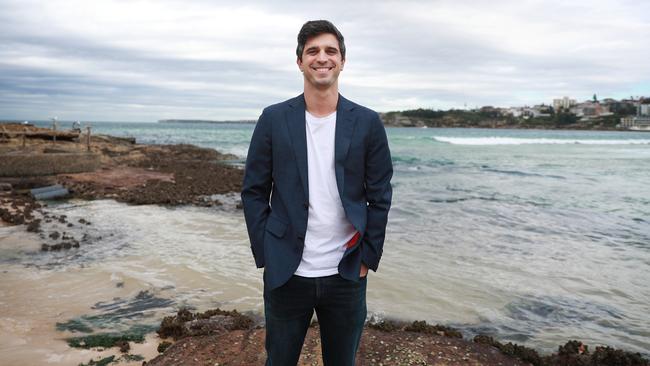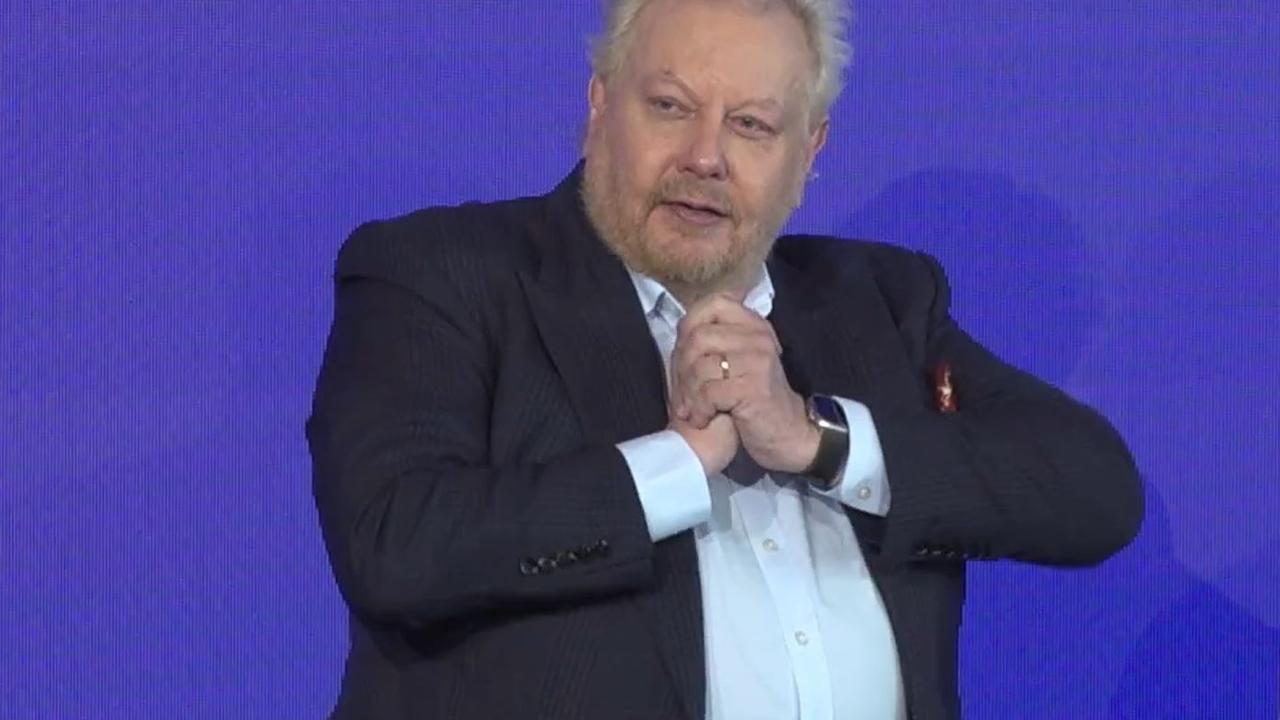Afterpay results: revenue up 78 per cent, marketing spend doubled
Afterpay’s co-CEOs have spelled out their plans for a blockbuster $39bn merger with US tech giant Square.

Afterpay’s co-CEOs have spelled out their plans for a blockbuster $39bn merger with US tech giant Square, as the company accelerated its charge across the US and global markets, lifting underlying sales by 90 per cent and revenue by 78 per cent in its full-year results on Wednesday.
The buy now, pay later market darling’s losses after tax blew out to $159.4m – a nearly 700 per cent leap compared with $22.9m a year earlier – as it embarked on an accelerated land grab to capitalise on Covid tailwinds including a rapid uptick in online shopping.
It grew its underlaying sales to $22.4bn, racing past its previously stated objective of reaching $20bn in underlying sales 12 months ahead of schedule.
Its North American underlying sales were up 177 per cent, and the North American now market now represents 49 per cent of Afterpay’s underlying sales, up from 36 per cent in FY20. It has earmarked Germany now as a ‘priority region for advancement’ after launching in Canada, Spain, France and Italy in FY21.
“Afterpay has built a powerful ecosystem that has seen income and volume grow by up to four times during the last two years. This growth has been supported by global expansion and scaled innovation,” co-founder and co-CEO Anthony Eisen said.

Afterpay is now in partnership with more than one hundred thousand of the world’s most popular brands, including the likes of Target, The Iconic, New Balance, Catch Group and Jetstar.
“This is a once in a generation opportunity,” Mr Eisen said.
“Buy now, pay later is still really in the early stages, if we look at the global opportunity.
“What we’re seeing in every aspect is a shift from the what is known as the credit economy to the debit economy, and that is being stimulated by the next generation of Millennials and Gen Z. The opportunity is quite immense.”
The company more than doubled its marketing expenses, splashing $168.8m on marketing compared with $70.5m a year earlier.
Its earnings before interest, taxation, depreciation and amortisation (EBITDA) took a hit as a result, coming in at $38.7m, down 13 per cent year-on-year.
“Marketing expenses were higher during H2 FY21 compared to H1 FY21 and above FY20, reflecting increased investment in driving brand awareness particularly in new regions, growth and lifecycle marketing, and investment in new in-store partnerships and visual merchandising,” the company said.
“Further investment in marketing will continue in FY22.”
It posted a 63 per cent increase in active users to 16.2 million, and a 77 per cent growth in merchants to 98,200.
Developed in Australia, Afterpay allows its customers to pay for goods over four fortnightly instalments without incurring interest.
It’s now gearing up for a blockbuster tie-up with Jack Dorsey’s payments titan Square, which is on track to close in the first quarter of calendar year 2022.
“I think the starting thesis is how do we accelerate our respective growth curves by doing more of what we do right now, with the added assets that are on both sides of the equation,” co-CEO Nick Molnar said in an interview on Wednesday.
“The reality is that different brands and different platforms are going to have different positions in the market respective of the regions, and that’s what we need to work out in coming months of how the strategy comes together.
“

The complementarity of the strategy at its starting point is really clear, and how that moves into an execution phase, is how do we accelerate Afterpay’s growth, that is the core focus here, in particular its US growth curve, and that’s where we’re the most focused.”
Afterpay held its biannual ‘Afterpay Day’ between August 19 and 22 in Australia and New Zealand, and the company said that resulted in a 25 per cent increase in underlying sales and a 19 per cent increase in customers compared to the ANZ Afterpay Day held in March 2021.
Last week it announced a partnership with Australian Formula One driver Daniel Ricciardo, the latest celebrity to endorse the Afterpay platform.
That partnership came after an advertisement featuring actor Rebel Wilson was pulled from the airwaves after complaints from consumer protection groups that the campaign unfairly targeted children.
“It was very clear to us and I think the entire audience in Australia and globally that no part of that advertisement was trying to enlist children into Afterpay,” Mr Eisen said. “The campaign was incredibly successful about using not just comedy, but to illustrate some really simple points about what Afterpay was about … We think it all came across extremely positively and that was the overwhelming majority of the feedback we received.”
Afterpay closed down 1 per cent to $133.50. The Square deal valued the company at an implied price of $126.21 per share.






